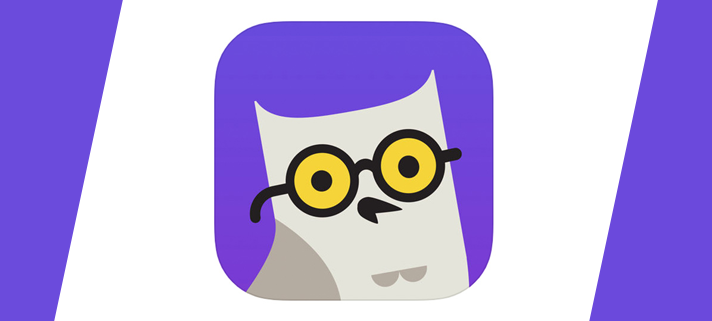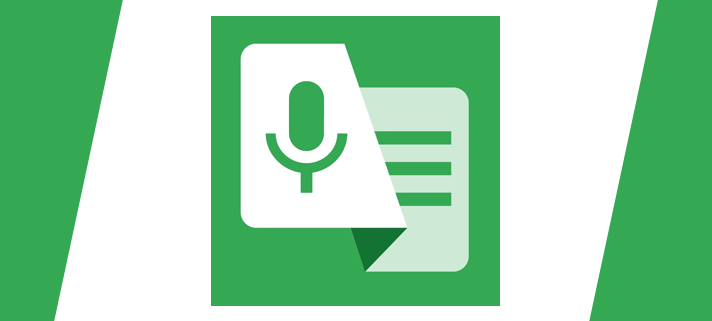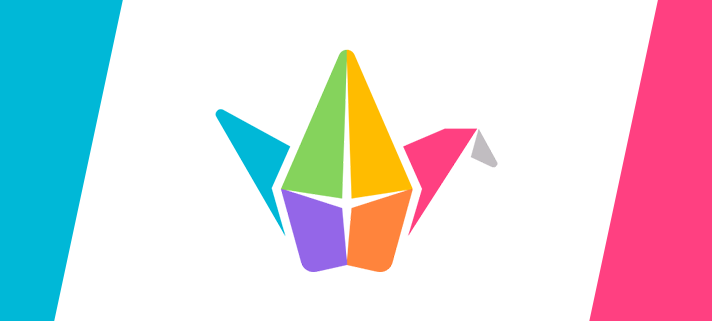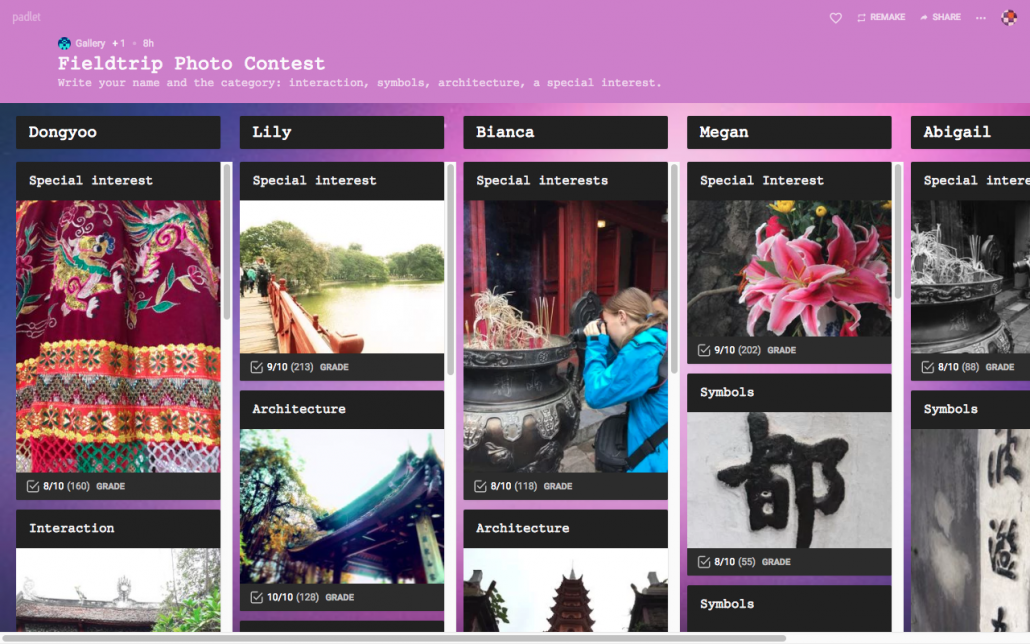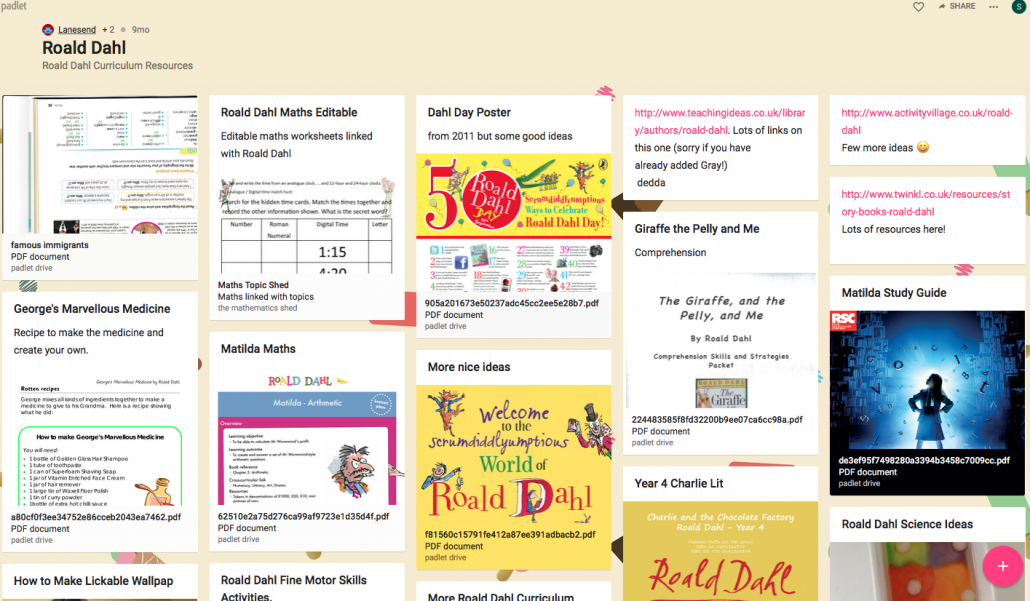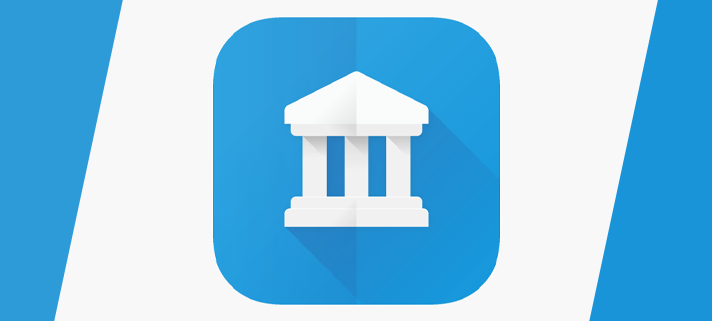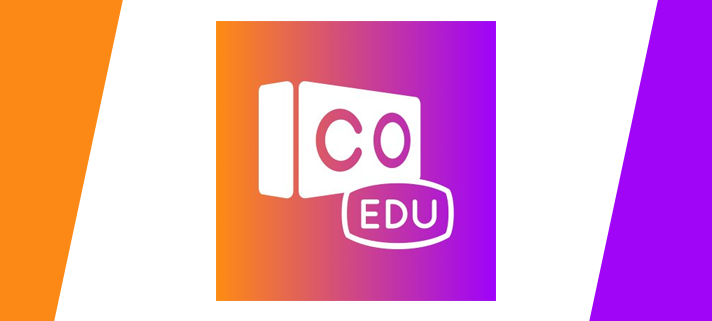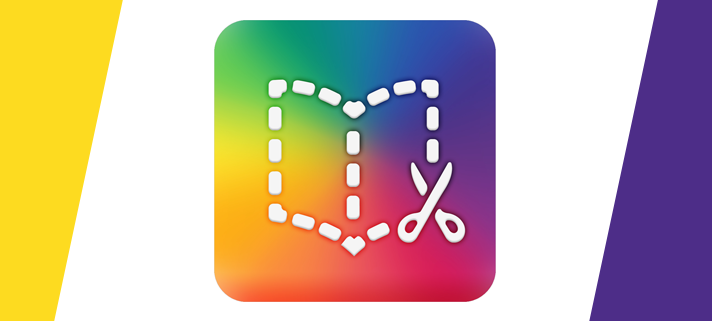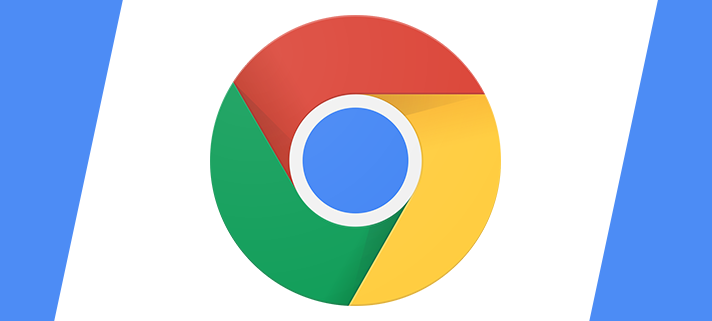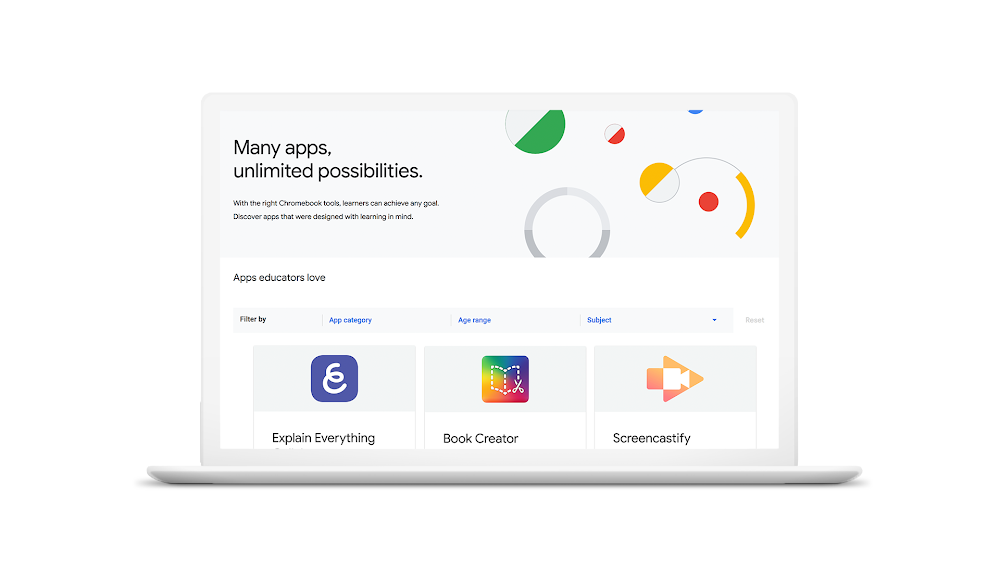Socratic is a Google app where you can simply take a photo of a problem and get an instant explanation and step-by-step solutions.
It’s easy to give it a try, download the app and take a photo of one of the questions below:
SCIENCE
How long will it take a 1500 W motor to lift a 300 kg piano to a sixth-story window 20 m above?
What are the differences between active and passive transport?
In the reaction of lead nitrate with magnesium chloride, what is the spectator ion?
An electric device delivers a current of 5.0 A for 10 seconds. How many electrons flow through this device?
MATH
√3x−13=5
−12x+9y=73x−4y=2
State the possible rational zeros for the function f(x)=3×3+11×2+5x−3
Find the distance between points ( -3 , 7 ) and ( 4 , 1 ).
LITERATURE
What does the green light symbolize at the end of the book?
Who is Anne Hutchinson? How does Hawthorne feel about her?
Why does Elisa begin to trust the stranger and invite him into her garden?
What does Crusoe’s second trip to Guinea reveal about his character?
HISTORY
What was one purpose of the Marshall Plan of 1948?
Who was Elizabeth Cady Stanton?
Why was 1968 a year of turmoil in US history?
What part did Washington play in the French and Indian War?

